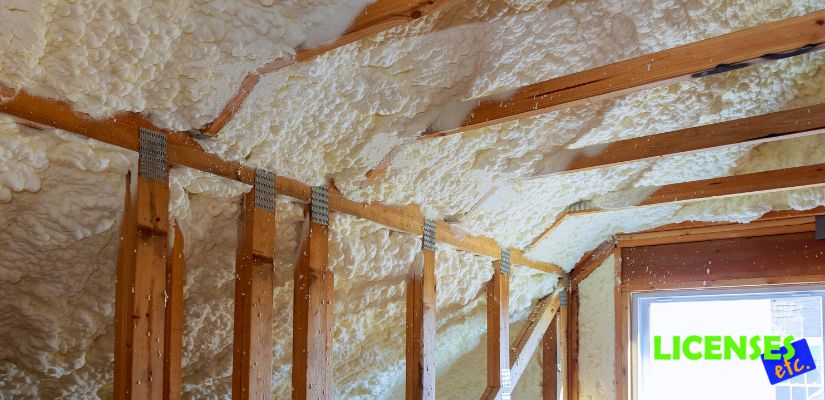- August 14, 2023
- Posted by: admin
- Category: Blog

As a Florida contractor, there are many variables you need to take into account when installing home insulation. Proper installation can protect the health and safety of your clients and spare you from costly liability issues down the line. This blog post will explore how contractors in Florida can make wise decisions and equip themselves with the knowledge they need to prevent construction defects in their insulation projects. From material selection to quality assurance practices, this guide covers everything you need to know about avoiding any potential disasters when it comes to installing or replacing home insulation in the Sunshine State.
Understand the different types of insulation and their correct installation methods
Insulation can make a significant difference in a building’s energy efficiency by regulating temperature and sound. It comes in various forms, such as batts, blown-in, and spray foam, each with its unique properties and installation methods. To achieve optimal performance, it’s crucial to understand the different types of insulation and their installation guidelines. For example, blown-in insulation is ideal for filling gaps in existing walls and attics, while spray foam provides superior insulation for tight corners. Furthermore, inadequate insulation can lead to higher energy bills, uncomfortable living conditions, and even structural damage. Therefore, taking the time to understand insulation options and proper installation can result in significant long-term benefits for any home or building.
Make sure all materials used are up to code and meet local building codes
When embarking on a building project, it’s crucial to prioritize safety by ensuring that all materials used comply with local building codes. These codes are in place to safeguard against potential hazards and to ensure that buildings can withstand the elements and maintain structural integrity. Some common areas that building codes cover include electrical wiring, plumbing, fire safety, and structural design. By adhering to these regulations, you can ensure that your building project is not only safe but also meets legal requirements. While it may require some extra effort to verify that all materials used are up to code, the peace of mind that comes with knowing your building is safe and secure is well worth it.
Use appropriate installation techniques for each type of insulation
Different types of insulation materials require different installation techniques. For instance, fiberglass batt insulation should be installed by cutting it to size and fitting it snugly between wall studs, while blown-in cellulose insulation requires special equipment that evenly distributes the material throughout the space. Proper installation is crucial for the effectiveness of the insulation, ensuring that it properly seals the area and prevents air leaks.
What kind of issues can occur if home insulation is improperly installed?
Improperly installed insulation can lead to several issues, such as air leaks or drafts. This means that heated or cooled air from inside the home may escape through cracks or openings in walls and ceilings. Additionally, poorly installed insulation may not be able to provide adequate protection against moisture and humidity. This could result in the growth of mold and mildew which can be a health hazard. Finally, improper installation may not meet building codes, which can result in costly repairs or fines.
Double check to ensure the job is done correctly and completely
When it comes to getting a job done, it’s important to ensure it is done correctly and completely the first time. This saves you both time and money in the long run. However, sometimes things may slip through the cracks or mistakes may be made. That’s why it’s crucial to double check before considering the job complete. Whether it’s proofreading a document, checking the accuracy of numbers, or going over a project one last time, taking the extra step to ensure everything is correct can make all the difference. Plus, it shows attention to detail and a commitment to quality, which are both highly valued traits in any industry. So, take the time to double check and rest easy knowing that the job has been done right.
Document the entire process for future reference in case of a dispute or other issue
Documenting the entire process can serve as a valuable resource in the event of a dispute or other issue down the line. It’s important to take detailed notes and keep all relevant documentation organized and easily accessible. By doing so, team members can refer back to the documentation to ensure that they’re staying on track and adhering to established procedures. Having a thorough record of the process can also help to identify any areas in need of improvement and aid in developing strategies for future projects. By taking the time to document the process, you’re setting yourself up for success and promoting transparency and accountability within your team.
In conclusion, when installing insulation as a Florida contractor it’s imperative to properly research various insulation types and understand local building codes. Furthermore, it’s essential to double check and document each step of this installation process in order to guarantee the job is done correctly. In sum, thorough preparation and cautious follow-through can save both Florida contractors and their clients time, money, and possible litigation fees if ever challenged for unprofessional or insufficient work.
